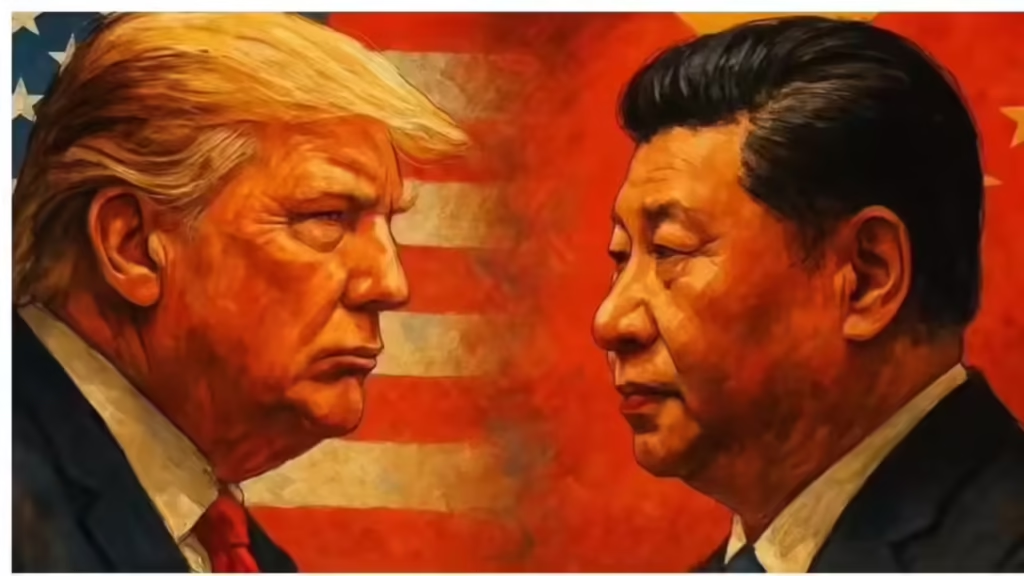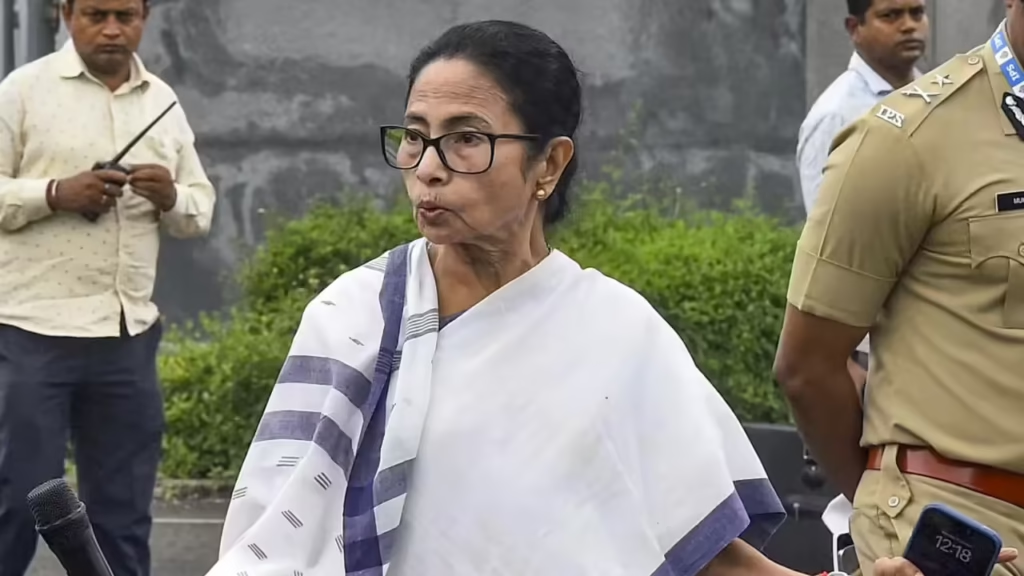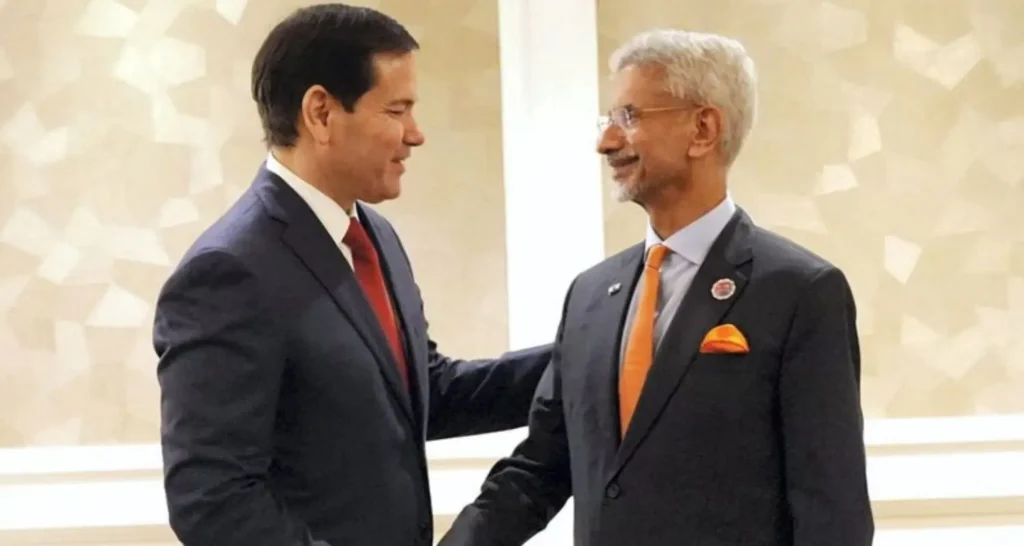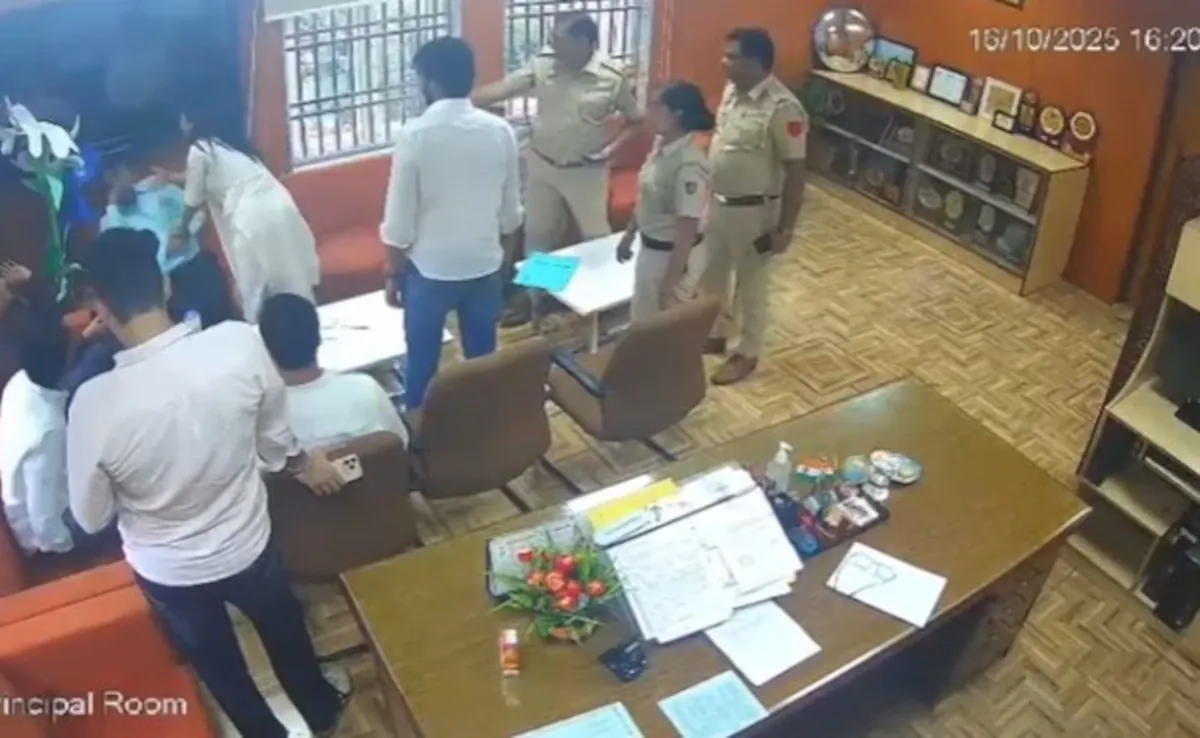Now Reading: Supreme Court Forms Panel to Frame Job and Education Policy for Transgender Community
-
01
Supreme Court Forms Panel to Frame Job and Education Policy for Transgender Community
Supreme Court Forms Panel to Frame Job and Education Policy for Transgender Community
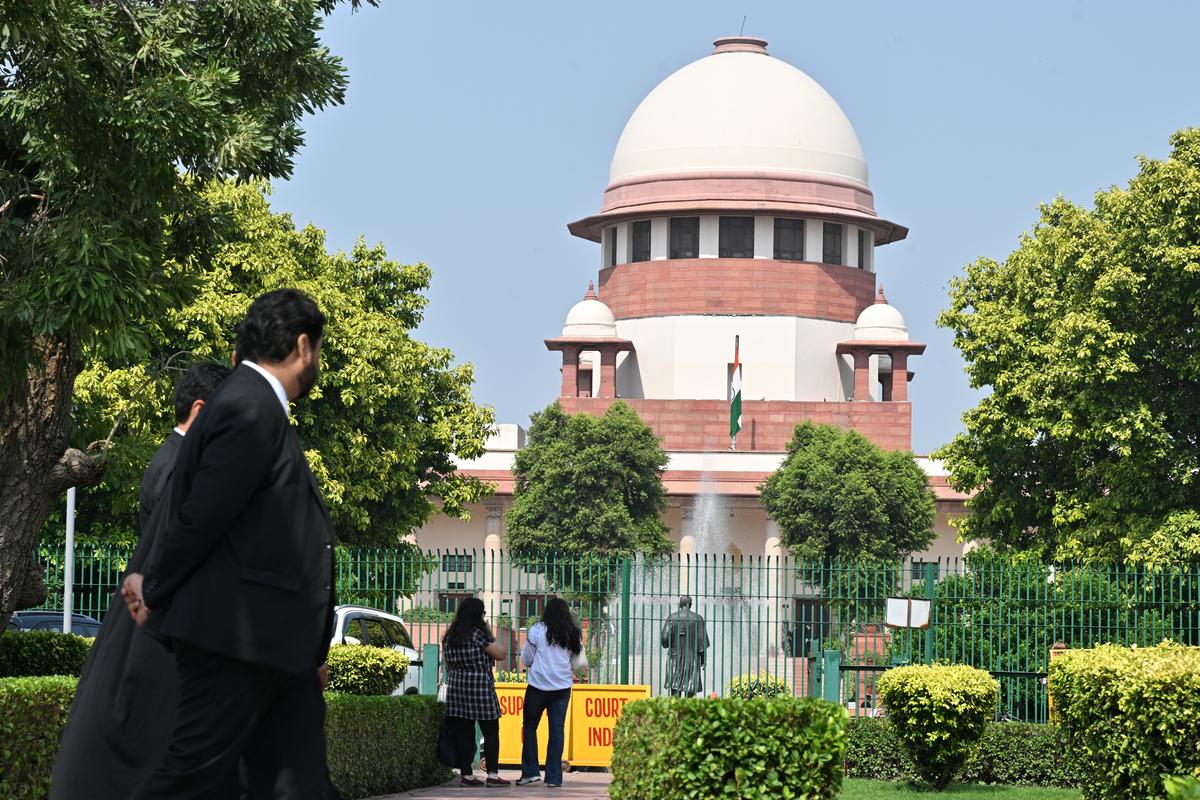
The Supreme Court has taken a significant step toward protecting transgender rights by appointing a committee to draft a comprehensive policy ensuring access to jobs and education. The move comes amid concerns that despite legal recognition, transgender individuals in India continue to face discrimination and limited opportunities in employment and academic institutions, particularly in smaller towns and Tier 2 cities.
The committee, comprising experts from government, civil society, and LGBTQ+ advocacy groups, is tasked with identifying systemic barriers and recommending measures to create equal opportunities. The court emphasized that constitutional protections for transgender people must translate into practical policies rather than remaining symbolic, aiming to address the gaps in implementation across states.
Legal experts note that while the Transgender Persons (Protection of Rights) Act exists, its impact on education and employment has been limited. Discrimination, societal stigma, and lack of awareness among employers and institutions have prevented meaningful inclusion, leaving many transgender individuals marginalized despite formal recognition of their rights.
The panel is expected to suggest actionable guidelines for schools, colleges, and workplaces to foster inclusive environments. Recommendations may include quotas, sensitization programs, anti-discrimination measures, and monitoring mechanisms to ensure that legal rights are effectively enforced at the grassroots level.
For transgender communities in Tier 2 cities and semi-urban areas, where access to opportunities is already constrained, such a policy could be transformative. Ensuring employment and educational access will not only empower individuals but also contribute to broader social and economic inclusion.
The Supreme Court’s intervention highlights the need to move beyond legal recognition to tangible social change. With the new policy, India may finally take a concrete step toward making constitutional guarantees for transgender rights a lived reality.








